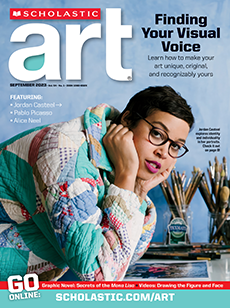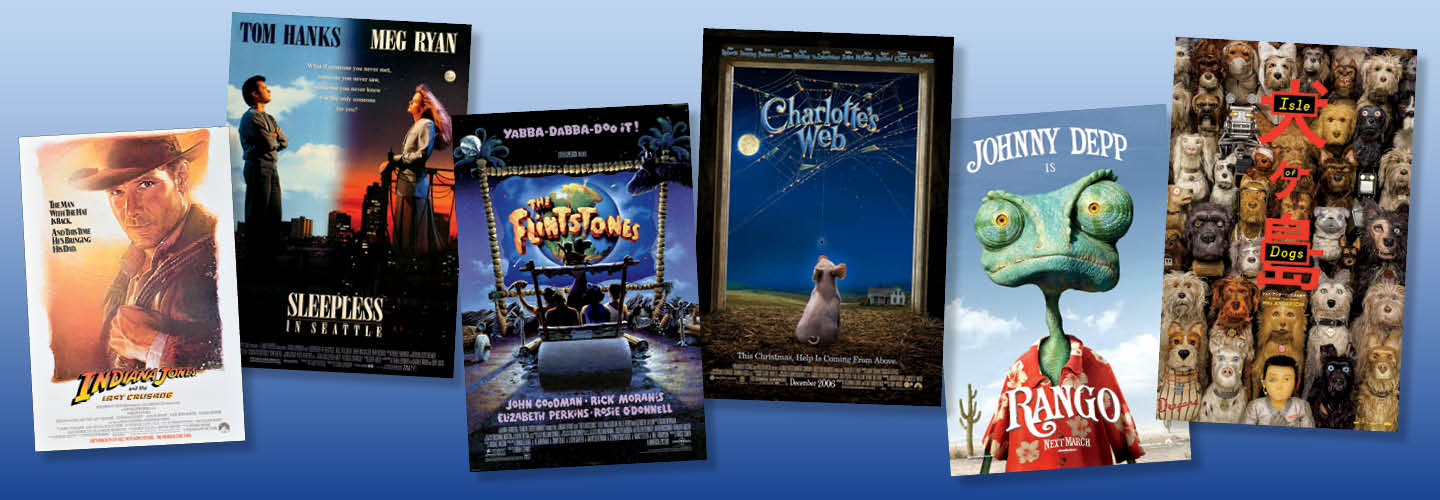SA: What happens after the brainstorming stage?
DB: We present our best ideas to the movie studio. Each initial presentation to the studio includes between 20 and 30 ideas. Once an idea is selected, we go on location and do a photo shoot of the actors, sets, and environments we need to make the poster. Sometimes up to 500 comps can be required before a project is ready to go!
SA: What training did you receive?
DB: I earned a BFA in communication design and illustration, with a focus on painting, from Otis/Parsons, which is now Otis College of Art and Design. To this day, I still apply all the principles I learned there to every assignment I work on.
SA: Do you have advice for students who are interested in a career like yours?
DB: When you are paid to design in the movie business, you are working in service to the film. As a work for hire, your job is to make your client happy, so you need to be able to put your ego aside. In order to succeed in this industry, you must also love films and not be afraid of hard work. It takes a lot of work and long hours to make it in this business.

